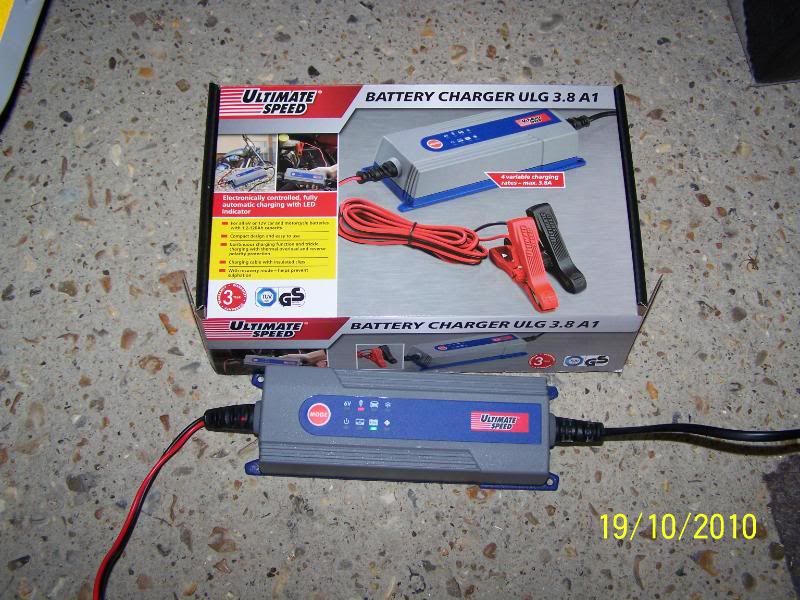- Joined
- 11 Jan 2004
- Messages
- 170
- Reaction score
- 4
- Country

Hi,
Although this isn't directly about electrics in the house I am hoping someone can help me.
My little boys radio control jeep runs off one of the smaller 12v batteries and we have two (new) that are each 5ah (pictured. ) I have bought a charger (made by Streetwize) that is for 12v batteries and charges at 1.5ah which I assumed would be ideal and take a few hours to complete charge.
The led on the charger is supposed to light red while charging and then another goes green when battery is charged and then stay on trickle with the green light going on and off while this trickle is in operation.
When I bought the batteries I tried them in the jeep but nothing worked and I so assumed they need charging because when our mower 12 v battery was connected the jeep powered up.
I have connected a battery to the charger but although the battery seemed to have no charge the green light lights up straight away and stays on . I have left it like this for a few hours but when connected to the jeep there is no power. This is the case with both batteries.
Sorry this is so long but does anyone have any idea why the batteries seem to need charging but the charger light goes straight to green when connected and from then don't charge even a few hours.


Although this isn't directly about electrics in the house I am hoping someone can help me.
My little boys radio control jeep runs off one of the smaller 12v batteries and we have two (new) that are each 5ah (pictured. ) I have bought a charger (made by Streetwize) that is for 12v batteries and charges at 1.5ah which I assumed would be ideal and take a few hours to complete charge.
The led on the charger is supposed to light red while charging and then another goes green when battery is charged and then stay on trickle with the green light going on and off while this trickle is in operation.
When I bought the batteries I tried them in the jeep but nothing worked and I so assumed they need charging because when our mower 12 v battery was connected the jeep powered up.
I have connected a battery to the charger but although the battery seemed to have no charge the green light lights up straight away and stays on . I have left it like this for a few hours but when connected to the jeep there is no power. This is the case with both batteries.
Sorry this is so long but does anyone have any idea why the batteries seem to need charging but the charger light goes straight to green when connected and from then don't charge even a few hours.

